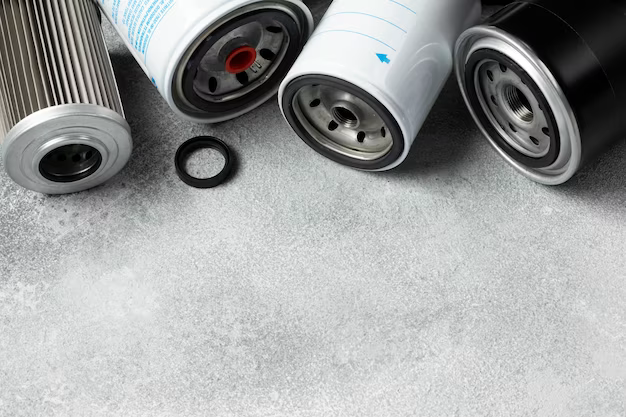
Within a vehicle’s intricate system, all components undergo continuous motion. This perpetual activity inevitably results in wear and tear. While certain components can be easily discarded, more substantial system elements, such as emission control devices, require careful processing before disposal – an essential procedure known as utilization.
This principle holds true for all car models. To sidestep the intricacies of this process, a prudent recommendation is to opt for the straightforward approach of selling your old part. For example, owners of the popular Ford Explorer model can assess the part’s value on this page https://autocatalystmarket.com/us/en/models/ford-explorer on the AutoCatalyst Market portal and sell it there as well. Meanwhile, let’s take a closer look at the final stage in the “life” of a catalytic converter.
Extraction and Preparation
This is the first of several stages that a worn emission control device undergoes before being utilized. Initially, the part is extracted from the car system, replaced by a new one, as it is a mandatory component of the exhaust system without which it will not function. Extraction is carried out at an automotive service or by a mechanic. It is not advisable to do it yourself – it is better to turn to a specialized service and simply take the part with you.
After extraction, the part is cleaned of any excess and sent for recycling. This process takes place at the recycling plant.
Recycling
At the recycling plant, the emission control device is disassembled into small parts. All components end up separated from each other after this process. Parts made of metal hold the highest value. Platinum, palladium, rhodium – all of these are worth a significant amount. The metals are then reused, including in the creation of new catalytic converters.
This process is of great importance globally, as extracting these components from the Earth is:
- Expensive,
- Time-consuming,
- Complex,
- Harmful to the environment.
Extracting them from old emission control devices immediately addresses these issues.
Residual Processing
Once the metals are extracted, all other parts of the catalytic converter are processed and destroyed in a way that ensures any remnants of chemical substances are eliminated. This is necessary to protect our planet from the harmful impact of human-made products. The remaining part of the emission control devices is rarely simply discarded in landfills; it is properly utilized. This is done in special conditions where workers are protected from external influences.
Naturally, an ordinary car owner cannot do this. Therefore, if you have a broken catalytic converter, you can simply sell it, and it will be processed according to a specific regulation.
This is how the utilization of old emission control devices takes place. Join this process and do not throw away old parts. It will harm the environment, and you will miss the opportunity to benefit from selling what you no longer need.






